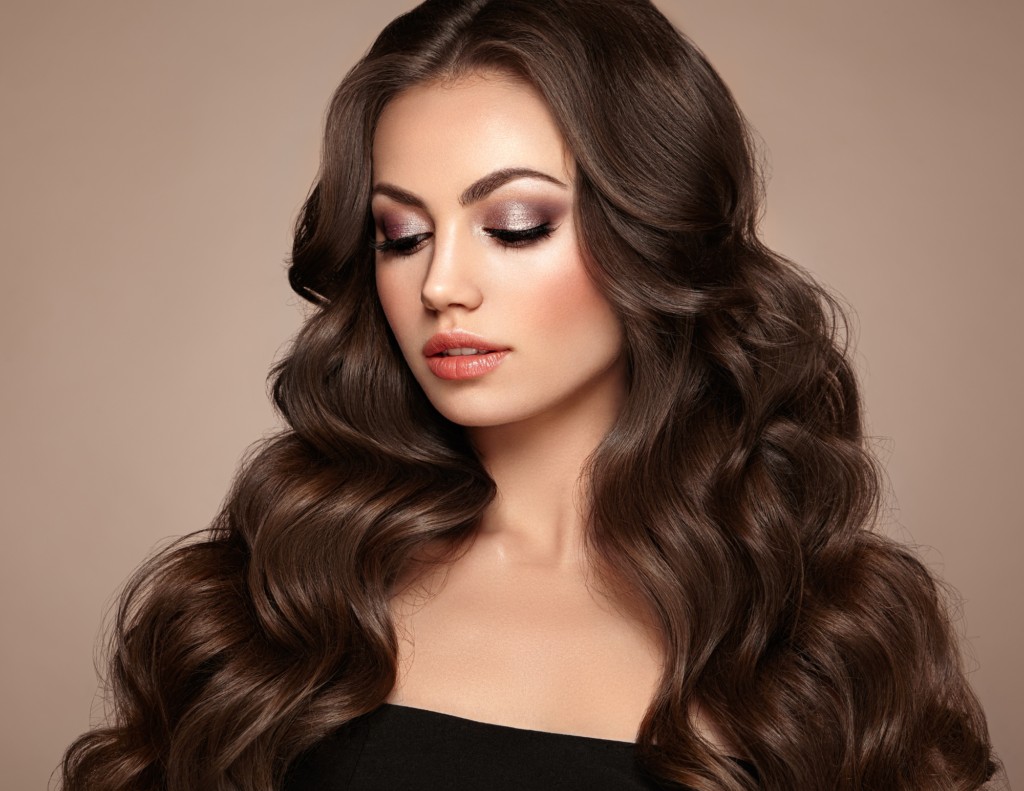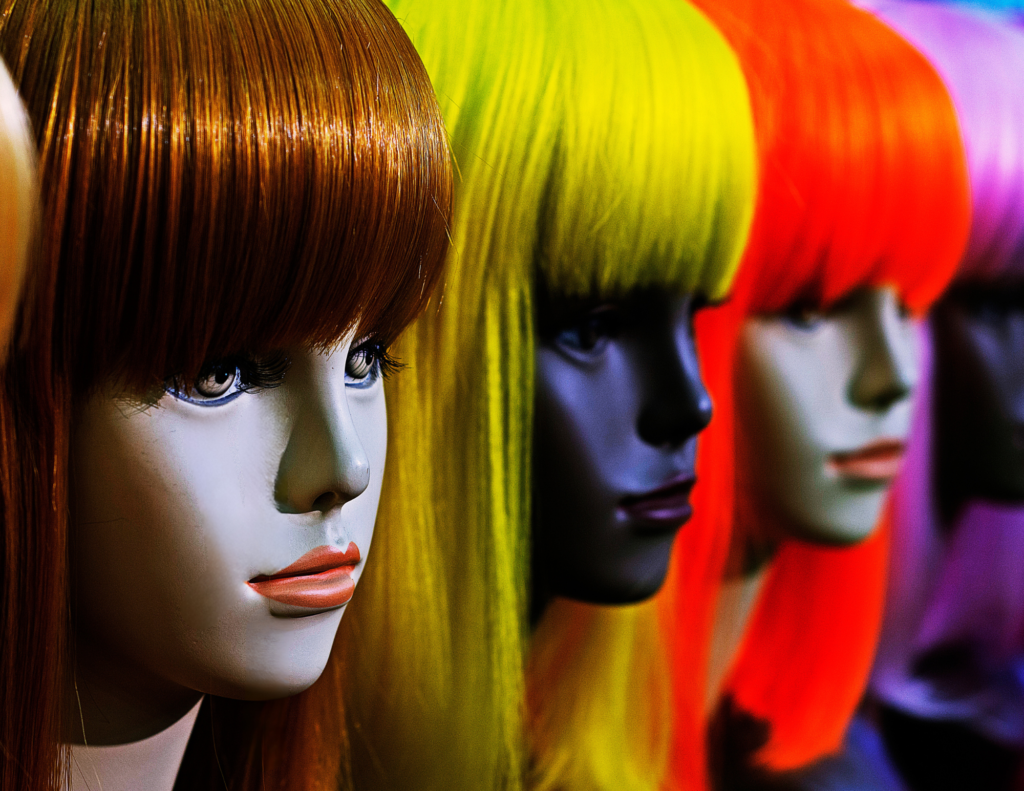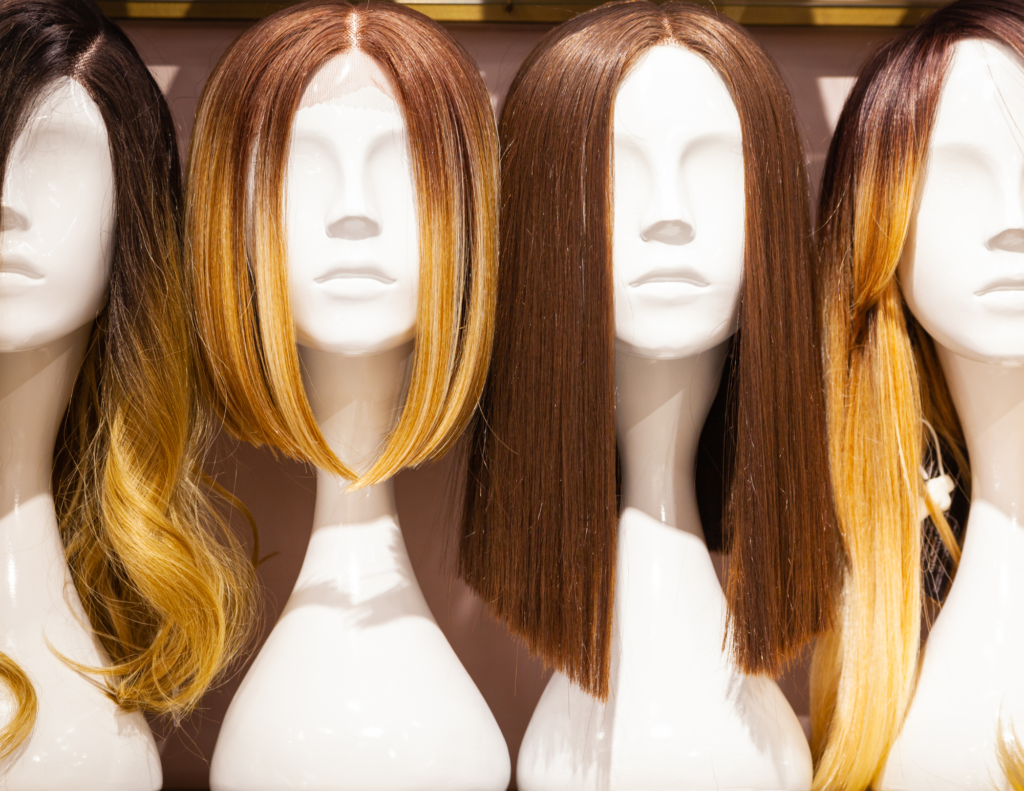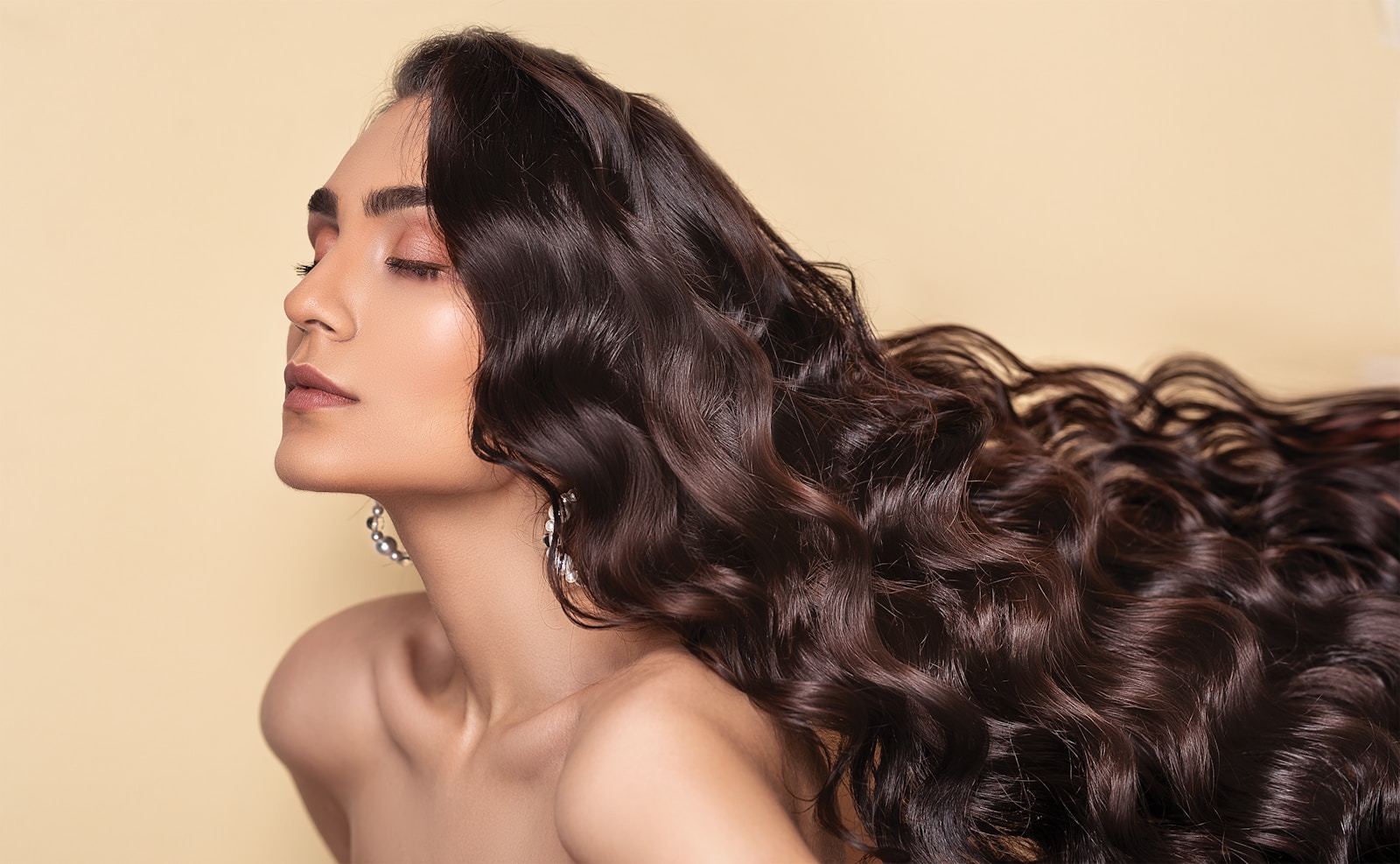Discover Fountain Beauty, an ecommerce brand offering affordable luxury hair wigs, extensions, mink lash strips, and fashion accessories. Shop high-end products cost-effectively.
Introduction
Wigs have become a popular accessory for fashion, convenience, and necessity. Whether you’re looking to change your hairstyle instantly or need a wig for medical reasons, understanding how wigs are made can help you appreciate the craftsmanship involved. This article delves into the fascinating process of making both human hair wigs and synthetic wigs, highlighting the differences and similarities between the two.
Sourcing the Materials

Human Hair Wigs
The process begins with sourcing high-quality human hair. The most sought-after types are Brazilian, Indian, Malaysian, and Peruvian hair, each offering unique textures and qualities.
- Collection: Hair is collected from donors, often through hair donations or sales. The hair is typically cut in ponytails to keep the strands aligned in the same direction.
- Sorting: The hair is sorted by length, color, and texture. Only the highest quality hair, often referred to as “Remy hair,” which maintains the hair cuticles aligned in the same direction, is selected for premium wigs.
- Cleaning and Processing: The hair undergoes a thorough cleaning process to remove any dirt and impurities. It is then treated to ensure it is free of lice and other contaminants. Some hair may be colored or chemically treated to achieve desired shades and textures.

Synthetic Wigs
Synthetic wigs are made from man-made fibers designed to mimic the look and feel of natural hair.
- Fiber Production: Synthetic fibers are produced from materials such as acrylic, nylon, or polyester. These fibers are chosen for their ability to hold shape and withstand heat.
- Coloring: The fibers are dyed in various colors. Unlike human hair, synthetic fibers are often colored during the production process, resulting in consistent and vibrant shades.
- Blending: Different fibers may be blended to create specific textures and qualities, such as straight, wavy, or curly fibers.
Crafting the Wig

Human Hair Wigs
- Cap Construction: The wig cap, which serves as the base of the wig, is constructed using lace, mesh, or other breathable materials. Different cap types include full lace, lace front, and monofilament caps.
- Hair Preparation: The human hair is sorted into small bundles called wefts. Each weft is then prepared for attachment to the wig cap.
- Hand-Tying or Machine Weaving: For high-quality wigs, each hair strand is hand-tied to the cap, creating a natural look and allowing for versatile styling. Machine weaving is another method where wefts are sewn onto the cap using specialized machines.
- Cutting and Styling: The wig is cut and styled to achieve the desired look. This step may involve layering, trimming, and adding texture to the wig.

Synthetic Wigs
- Cap Construction: Similar to human hair wigs, synthetic wigs also use various cap constructions like lace front and open wefted caps to provide comfort and a natural appearance.
- Fiber Attachment: Synthetic fibers are either sewn onto the cap in wefts or individually tied, depending on the wig’s quality. Higher-end synthetic wigs often feature hand-tied fibers for a more natural look.
- Shaping and Styling: Synthetic wigs are pre-styled during manufacturing. The fibers are set into specific shapes and styles using heat or steam, which helps the wig retain its style even after washing.

Get the desired Natural hair style you need
Treat your hair to the luxury it deserves. Discover our collection today!
Quality Control and Final Touches
Both human hair and synthetic wigs undergo rigorous quality control checks to ensure they meet high standards.
- Inspection: Each wig is inspected for consistency in color, texture, and overall appearance. Any imperfections are addressed before the wig is finalized.
- Finishing Touches: For human hair wigs, final touches may include additional styling, conditioning, and packaging. Synthetic wigs are checked for style retention and fiber integrity.
- Packaging: The wigs are carefully packaged to prevent damage during shipping. Luxury wig brands like Fountain Beauty often include special packaging to enhance the unboxing experience.

Conclusion
The meticulous process of crafting human hair wigs showcases the dedication to quality and artistry involved in creating these versatile beauty accessories. From sourcing the finest hair to hand-knotting each strand, the craftsmanship behind these wigs ensures a natural look and feel that enhances the wearer’s confidence and style. At Shop Fountain Beauty, we celebrate this craftsmanship by offering a selection of high-quality human hair wigs that cater to diverse preferences and needs.
For those interested in delving deeper into the intricacies of wig-making and discovering the best options available, consider exploring the following resources:
- Allure’s Guide to Human Hair Wigs – Provides a comprehensive overview of different types of human hair wigs, their benefits, and styling tips.
- Vogue’s Insights on Wig Trends – Offers the latest trends in wig styles and innovations, helping you stay updated with current fashion.
- Wig Wearer’s Guide – A resource for both beginners and experienced wig wearers, offering advice on choosing, styling, and maintaining wigs.
For a deeper understanding and practical knowledge, these ebooks are invaluable:
- Mastering the Art of Wig Making – An in-depth guide covering the step-by-step process of crafting high-quality wigs, from sourcing to styling.
- The Complete Guide to Wig Care and Maintenance – Offers essential tips on keeping your wigs in top condition, ensuring longevity and continued quality.
By utilizing these resources and shopping at reputable stores like Shop Fountain Beauty, you can confidently choose the perfect human hair wig that meets your style and quality expectations. Our blog offers further insights, reviews, and tips on selecting and caring for wigs, making it a valuable resource for anyone interested in exploring the world of wigs. Whether you’re a seasoned wig wearer or new to this versatile accessory, our curated content and expert advice will guide you every step of the way.





